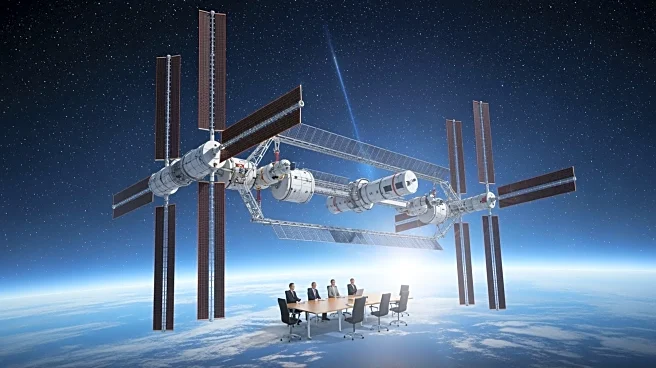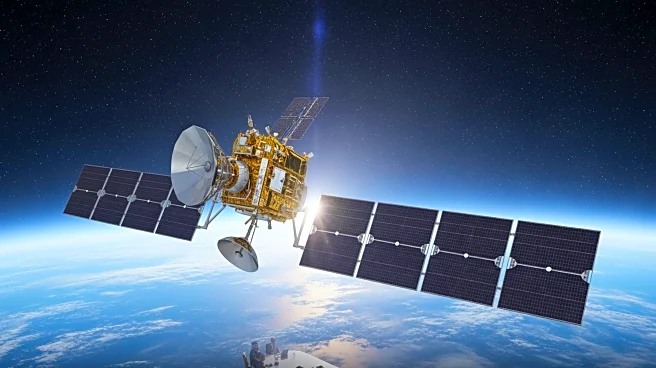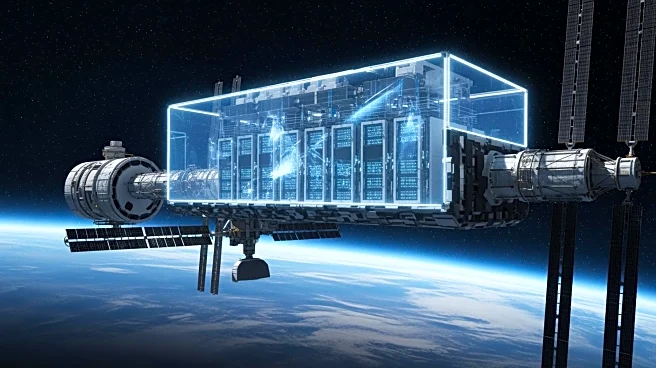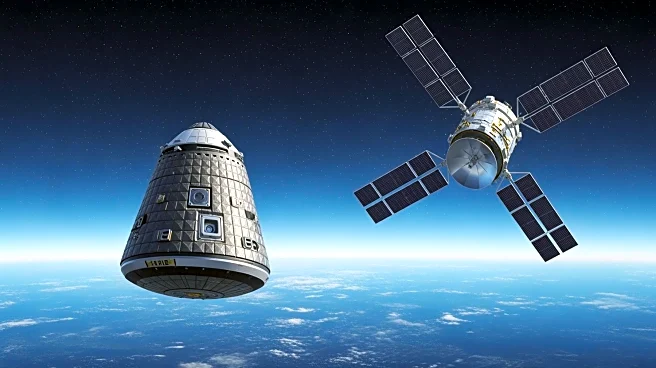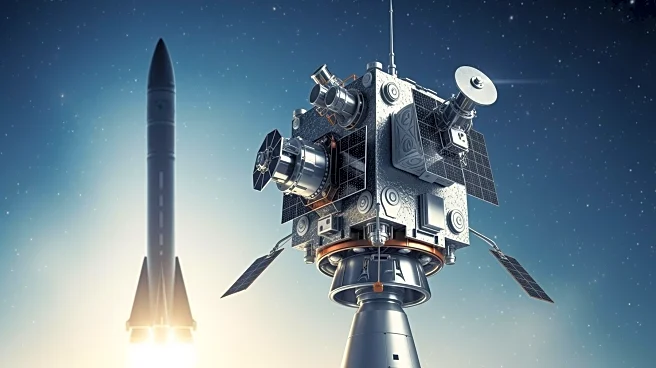What's Happening?
Vast, a space station company founded in 2021, has completed a significant milestone in the development of its first commercial space station, Haven-1. The company launched its pathfinder mission, Haven Demo,
aboard a SpaceX Falcon 9 rocket from Cape Canaveral Space Force Station in Florida. The Haven Demo mission successfully deployed its solar array and is now power-positive, marking a crucial step towards the launch of Haven-1, scheduled for May 2026. Haven-1 aims to compete for NASA's Commercial LEO Destinations Phase 2 funding, alongside other contenders like Axiom Space and Voyager Space/Airbus. The station will feature crew quarters, a domed window, and communication via SpaceX's Starlink, offering a 'luxury hotel' experience in space.
Why It's Important?
The development of Haven-1 represents a significant shift in the space industry towards commercial space stations, potentially replacing the International Space Station (ISS) after its decommissioning in 2030. Vast's progress in building a commercial space station could lead to increased private sector involvement in space exploration, fostering innovation and competition. The success of Haven-1 could position Vast as a leader in the commercial space station market, influencing NASA's funding decisions and shaping the future of human space exploration. This development also highlights the growing collaboration between private companies and government agencies in advancing space technology.
What's Next?
Vast plans to launch Haven-1 in May 2026, with subsequent missions to test its capabilities and gather data for future space station projects. The company aims to demonstrate its ability to sustain a space station in Low Earth Orbit, potentially securing NASA's CLD Phase 2 funding. Vast's future plans include the development of Haven-2, a multi-module space station supporting up to 12 crew members. The competition for NASA funding remains fierce, with other companies like Axiom Space and Blue Origin also vying for contracts. The outcome of these developments will shape the landscape of commercial space stations and influence NASA's strategic direction.




